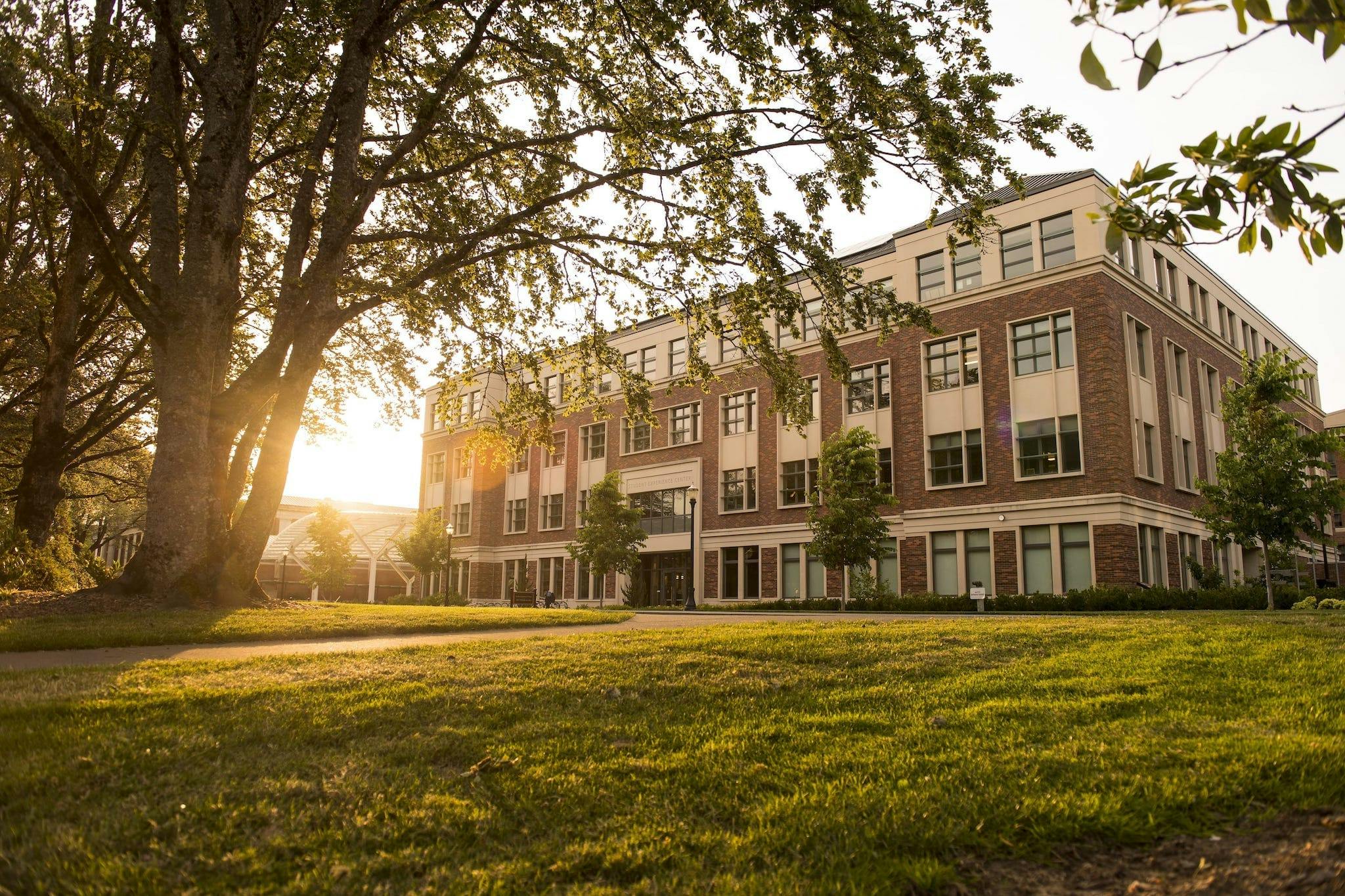
radiantlab
Daylighting Research
Daylighting Research Laboratory
The radiantlab is led by Dr. Clotilde Pierson, an Assistant Professor of Architectural Engineering in the College of Engineering at Oregon State University.
Our mission is to advance knowledge related to daylight in buildings and the practice of daylighting to enhance people's health, well-being, and performance, while minimizing energy consumption.
Today, we spend on average 90% of our time indoors. This completely flips our exposure to light, compared to our ancient outdoor lifestyle. We get much less light during the daytime, and much more in the evening. The spectral content and distribution of light in our field of view are also considerably different.
By 2050, 68% of the global population is expected to live in cities. A strong urban densification is taking place. Buildings become increasingly taller. Homes are more compact and sit closer together. This densification is expected to reduce our access to daylight even further and impact our window views.
Mounting evidence shows that these changes in our lighting and visual environment affect our health, well-being, and performance.
Light induces visual and non-visual responses in humans. It enables us to see, it regulates our body internal clock (circadian rhythm), and it affects our alertness level, among other things. A window view also offers benefits. It helps us create cognitive maps to improve memory formation and retrieval and it provides a mental portal to help relieve stress and prevent the onset of mental illnesses, for instance.
Besides the human-related aspects, daylighting can greatly reduce buildings' climate impact when correctly implemented. By avoiding demand for electric lighting, which accounts for around 19% of global electricity consumption, daylighting can bring significant energy performance improvements and cost reductions.
The radiantlab brings together insights from different disciplines, including engineering, architecture, chronobiology, computer science, urban planning, neuroscience, psychophysics, or public health, to further understand and optimize relations between:
- the natural and built environment,
- indoor light and visual conditions,
- building occupants, and
- energy consumption.
To that end, we use both field and laboratory studies, as well as numerical modeling. Our goal is to translate fundamental knowledge about human responses to light and views and the need to reduce energy consumption into strategies for the development of a more sustainable built environment and innovative daylighting solutions.





